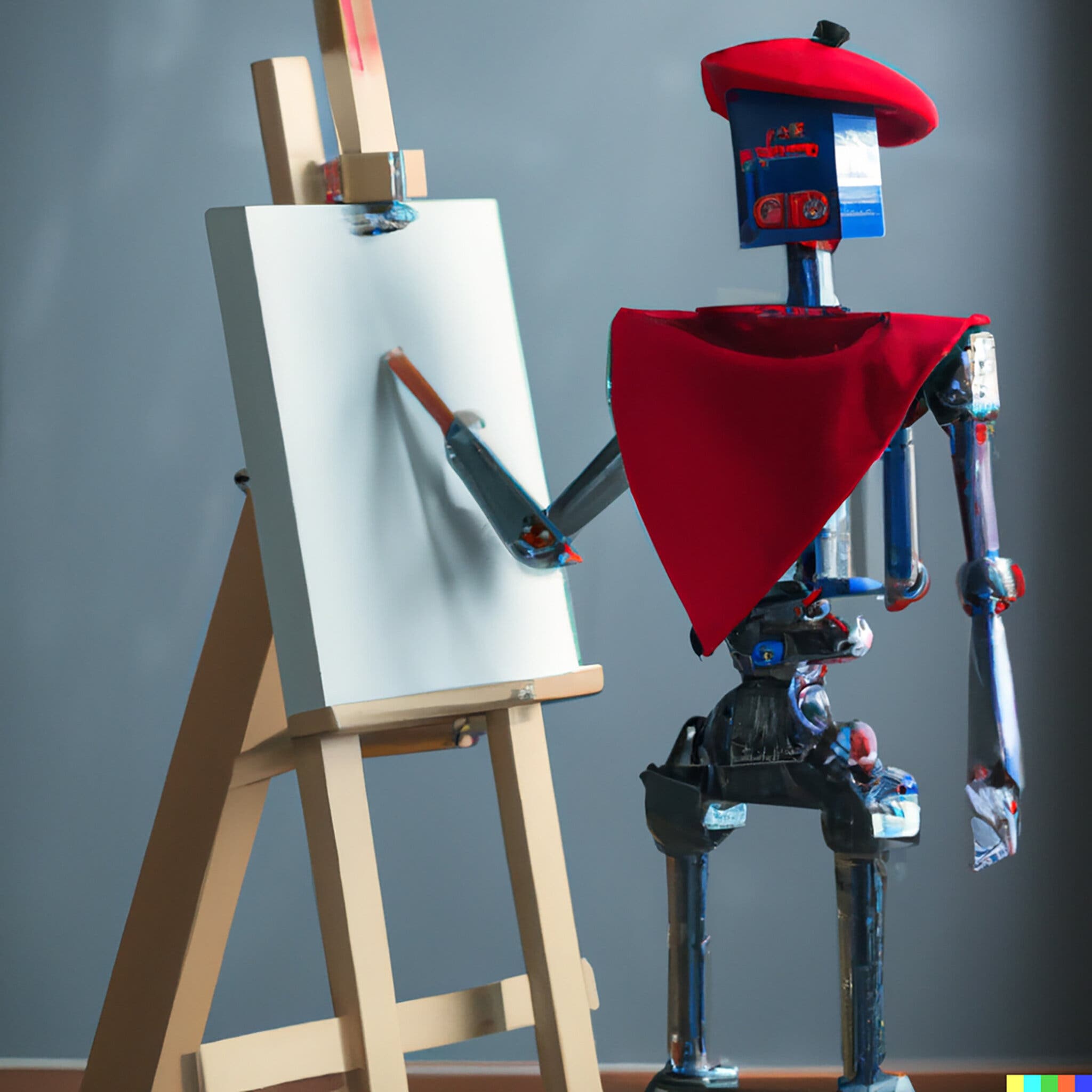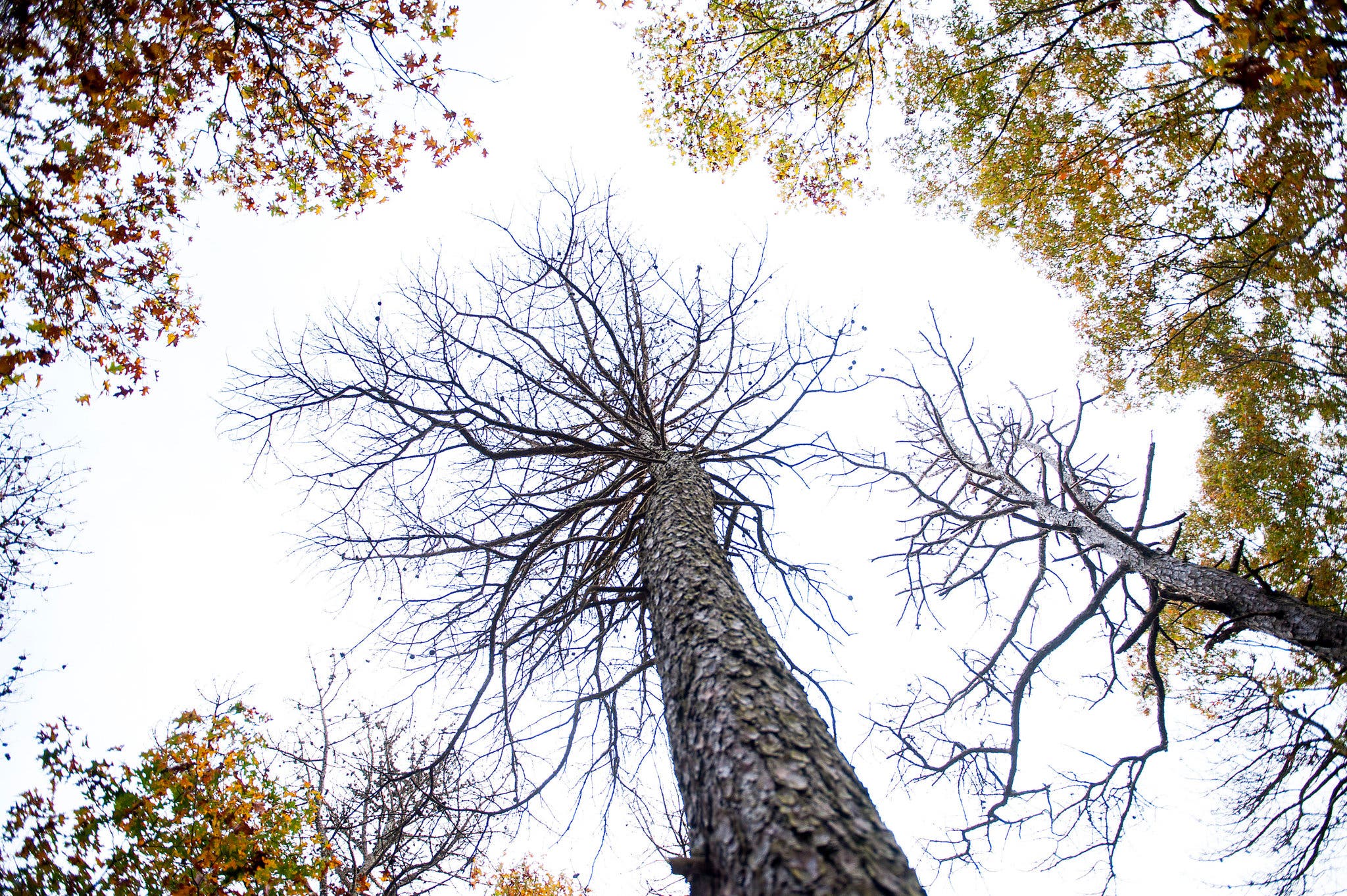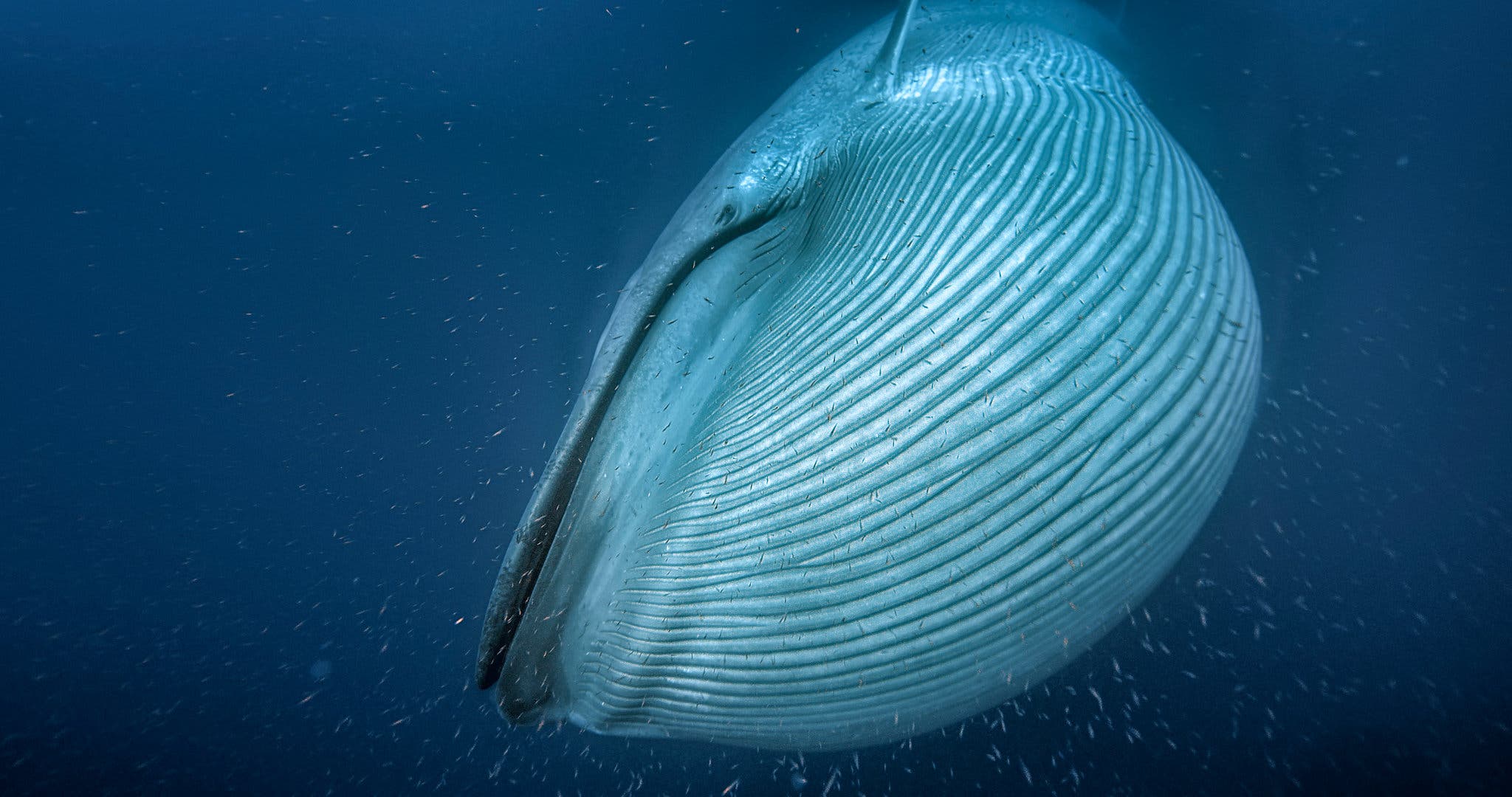我们通过发表论文来表彰学生 STEM 写作比赛的前 10 名获奖者。这是 Logan Ramanathan 的作品。

一台 3-D 生物打印机用悬浮的人体细胞挤出“生物墨水”,以创建三层组织结构。
这篇来自加利福尼亚州洛斯阿尔托斯山 Nueva 学校的 17 岁的洛根·拉马纳坦 (Logan Ramanathan) 撰写的文章是学习网络第四届年度 STEM 写作比赛的前 10 名获奖者之一,我们收到了 3,000 多份参赛作品。
3-D Bioprinting: A Modern Day Prometheus
In Greek mythology, Prometheus, the god of fire, was tasked with creating the human — to shape the human body and its organs from mud. Now, through science, a version of Prometheus’s feat may be becoming a reality.
Fourteen hours after entering into surgery, 10-year-old Luke Massella awoke in Boston Children’s Hospital. Luke was born with a condition called spina bifida, a spinal disease that can cause wide-ranging health complications. By 10 years old, he had undergone over a dozen surgeries, and in 2001, a malfunctioning bladder led to kidney failure. Luke needed a new bladder; however, traditionally, this was not possible. Previously, bladder failure meant living with either an ostomy bag that collects urine outside the body or an internal pouch drained with a tube. Additionally, without a healthy bladder, Luke’s kidneys would never be able to heal.
“I was kind of facing the possibility I might have to do dialysis [blood purification via machine] for the rest of my life,” Luke said. “I wouldn’t be able to play sports, and have the normal kid life with my brother.” Dr. Anthony Atala, a pioneering pediatric urologist, had other ideas.
Using specialized 3-D printers and a small piece of Luke’s bladder, Dr. Atala’s team, over two months, was able to grow Luke a new bladder. The transplant surgery was an overwhelming success. To this day, Luke lives without complication; the first-ever case of a 3-D-printed organ transplant. By 2018, nine other patients had received similarly printed organ transplants.
Bioprinters work similarly to traditional 3-D printers; however, instead of depositing layers of plastic, they deliver layers of biomaterial which includes living cells. These living cells are grown from seed cells taken from the patient and cultivated to form a bioink. The printers follow instructions from detailed computer models of organs or other tissues that are often made specifically for a given patient. Thus, through the use of an MRI scan and harvested cells, printers can make a custom organ, providing a perfect match.
In the past decade, the bioprinting industry has rapidly developed to work on even more complicated tissues and organs. A team at the Brigham and Women’s Hospital, for example, recently achieved a breakthrough in the printing of human blood vessels.
According to Jennifer Lewis, a professor at Harvard University’s Wyss Institute for Biologically Inspired Engineering, in less than a decade, almost all organs could be printed, eliminating the need for transplant donors. With 17 Americans dying every day while waiting for organ transplants, bioprinting could become hugely impactful. Through new technology, hundreds of thousands of people would be able to receive lifesaving transplants which would have been otherwise impossible.
Through bioprinting, science is bringing mythology to life. This time, though, instead of titans shaping elements of the human body from mud, researchers and doctors are printing organs using high-tech equipment, ushering us into a healthier future.
Works Cited
Belton, Padraig. “A New Bladder Made From My Cells Gave Me My Life Back.” BBC News, 11 Sept. 2018.
Cartwright, Mark. “Prometheus.” World History Encyclopedia.
Fountain, Henry. “At the Printer, Living Tissue.” The New York Times, 11 Aug. 2013.
Khademhosseini, Ali. “3-D. Technology: Building a Better Blood Vessel Video and Transcript.” Brigham and Women’s Hospital.
Lord, Brian. “Bladder Grown From 3-D. Bioprinted Tissue Continued to Function After 14 Years.” 3D Printing Industry, 12 Sept. 2018.
Rabin, Roni Caryn. “Doctors Transplant Ear of Human Cells, Made by 3-D Printer.” The New York Times, 2 June 2022.
Rogers, Kristen. “When We’ll Be Able to 3-D-Print Organs and Who Will Be Able to Afford Them.” CNN, 10 March 2023.
Rosen, Ellen. “A Possible Weapon Against the Pandemic: Printing Human Tissue.” The New York Times, 27 July 2020.
Tang, Jenny. “Organ Regeneration With 3-D Printing, and Future Applications.” Imperial Bioscience Review, 28 Jan. 2022.










